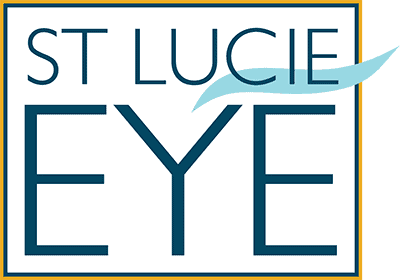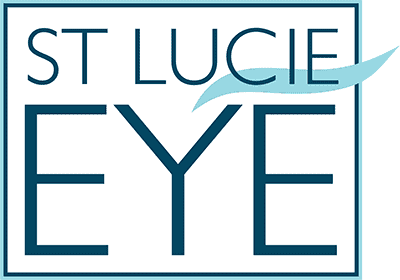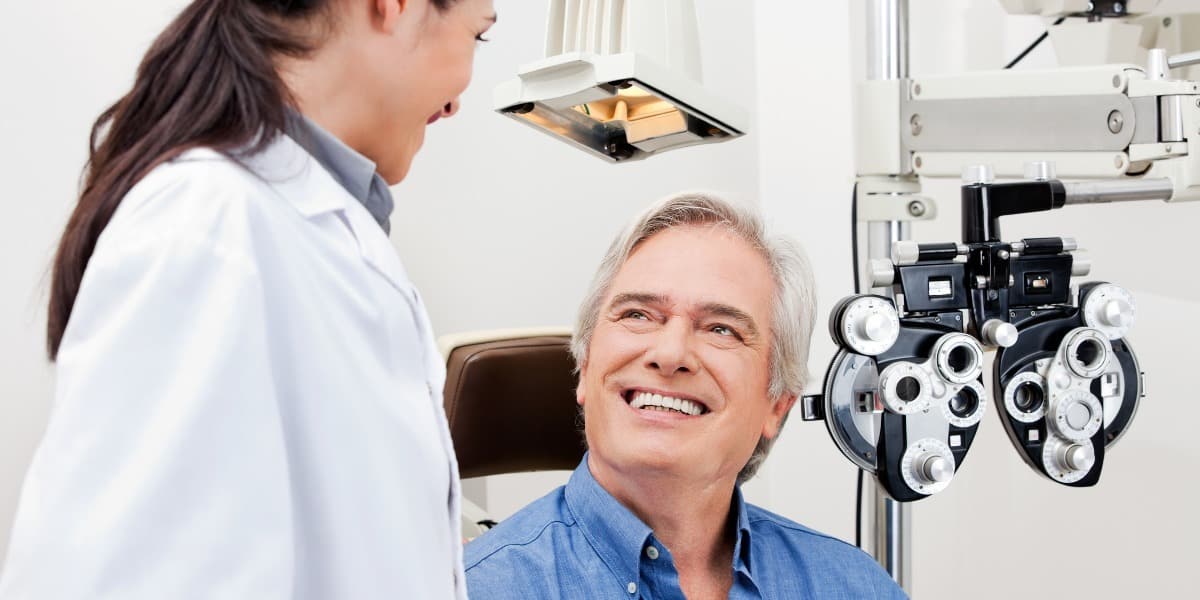What to Expect from a Visit with your Ophthalmologist
Think of your annual ophthalmology visit as a primary care check-up – for your eyes.
For your ophthalmologist, your eyes tell not only a story about how well you see but provide vital information about your overall health and visual function. The tests given during a complete exam help identify chronic conditions that may impact your vision, such as high blood pressure or diabetes. Damage to blood vessels at the back of the eye or plaque buildup can signal changes that need to be addressed.
So, how long will the typical eye appointment last?
A full comprehensive exam typically takes 90 minutes and includes eye dilation. The visit may last longer if you require specialized testing or have complex eye problems.
Four Standard Elements of a Comprehensive Eye Exam
1. WARM RECEPTION
A friendly reception team will be your first point of contact. They are expecting your visit and ready to greet you.
They’ll explain the required forms needed for your health record, privacy policies, and insurance information. They will also review current COVID precautions that may require social distancing, facial coverings/masks, and limited visitors inside the facility. Should you need assistance in Spanish, there are staff members who are bilingual.
Remember to always bring current medication prescriptions, eyeglasses, photo ID, and insurance card to update your health record. If you have had previous eye surgery, please attempt to bring prior records.
2. TECHNICIAN WORKUP & REFRACTION
A specially trained ophthalmic technician will work with you to complete many components of the exam before your time with the doctor. They’ll begin by confirming your medical history and document current medication and eyeglass prescriptions.
Then you’ll move through a series of tests to establish a baseline of your eye health.
- Visual acuity shows range of vision compared to normal 20/20. You’ll read an eye chart one eye at a time to determine how well you see at near and far distances.
- Eye movement (ocular motility) evaluates the movement of your eyes to see if they are aligned and eye muscles are working properly.
- Eye muscle coordination demonstrates if the eyes are functional by themselves and when tested alongside the other eye.
- Side vision finger counting tests for loss of side (peripheral) vision.
- Pupil response to light examines if light signals are appropriately transmitted to the brain.
- Eye pressure (tonometry) measures intraocular pressure (IOP) which can be a warning sign of glaucoma. A pressure-sensitive probe is gently applied to the eye surface after numbing drops are given.
- Refraction is performed by looking at the eye chart through a device called a phoropter containing different lenses. This the well-known “which is better, 1 or 2?” part of the exam. This important test determines your best possible vision and whether you have any astigmatism that needs to be corrected with eye glasses or contacts.
3. DILATION & MEDICAL EYE EXAM
Before seeing the doctor, the technician will instill drops to open and dilate your pupils. The drops may sting, especially if your eyes are dry.
You will gradually become more sensitive to light during this time. Mild discomfort from brightness and glare is expected. Reading and near vision will be blurry.
You’ll be escorted to a darkened waiting area for dilation to take full effect. Typically, 20-30 minutes. If you have trouble seeing your surroundings or navigating safely, please ask for assistance.
- Dilation is one of the most important parts of your comprehensive exam. It allows the doctor to visualize the internal anatomy at the back of the eye, including the optic nerve.
- Laser and digital 3D photography measures the optic nerve along with cross sections of the retina. Optical coherence tomography (OCT) provides extraordinary detail similar to a microscopic biopsy. It allows the doctor to see each of the retina’s distinctive layers and measure their thickness.
- Slit-lamp exam uses a microscope and bright light to visualize internal structures of the eye. You are positioned on a chin rest and the light illuminates the eye in very high detail. Your doctor observes the front part of the eye (anterior segment) for signs of cataract, scars or scratches on the cornea, and then looks at the retina, vitreous and optic nerve (posterior cavity) for signs of damage or disease.
- Diagnosis is the final step of your exam and determines if further testing or action is needed. The doctor now explains all the findings and discusses how to maintain best vision and optimal eye health.
4. RETURN SCHEDULING AND CHECK-OUT
After your exam you may receive samples of eye drops or a new prescription for glasses or contact lenses. Confirm if you need medications called to your pharmacy. You’ll be asked to complete any insurance co-payments, schedule further testing and update communication preferences.
Typically, you will be scheduled to return in six months to a year unless you experience significant changes and need to be seen sooner.
Expect your eyes to be sensitive from dilation for about 4 hours. In some cases, it may take a full day for your pupils to return to normal. Reading and computer tasks may be blurry. Remember to bring sunglasses and consider asking a friend or family member to assist with driving.
In your time between appointments consider following the practice on social media and subscribing to receive monthly email newsletters. You’ll feel right at home getting to know the people behind the care and learning tips on everyday eye care.


